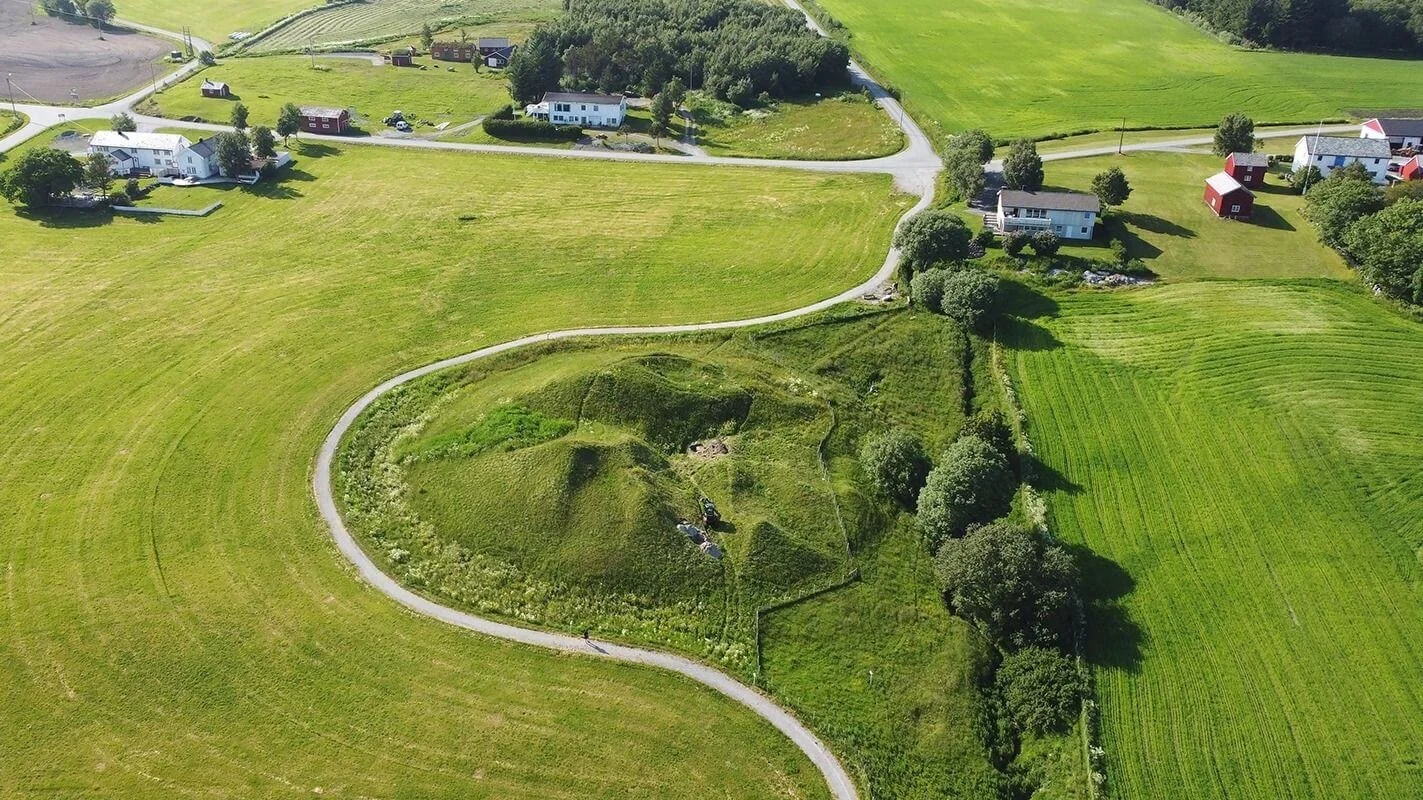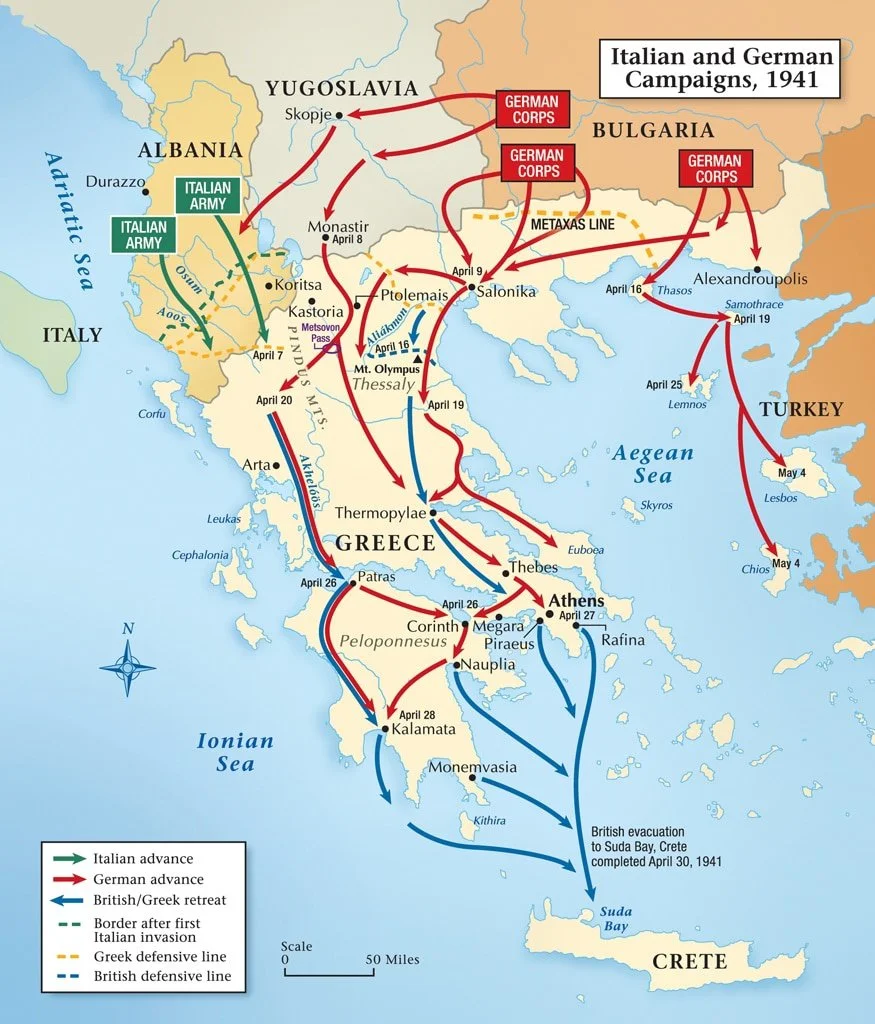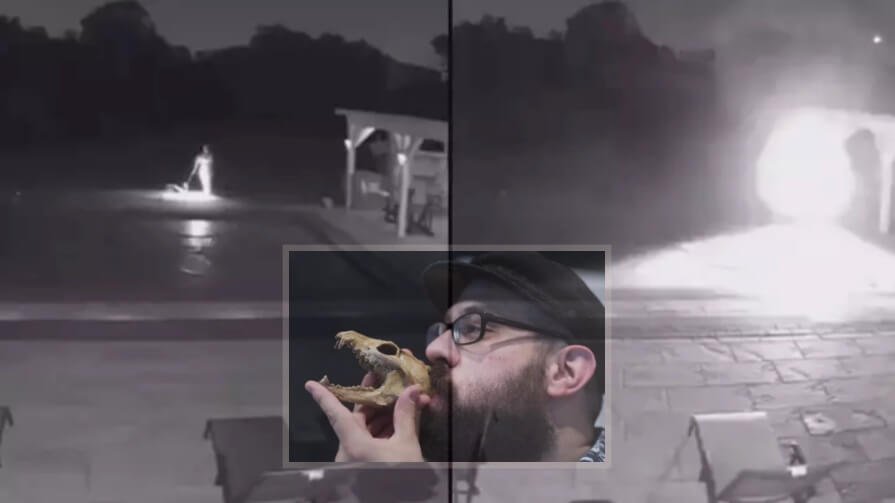The intricate web of mythological narratives and historical facts presents a formidable challenge to historians and archaeologists alike. This challenge is vividly exemplified in the case of the Danaans of Argolis, a city in prehistoric Greece whose origins have been a subject of debate and speculation. Strabo, the renowned ancient geographer, and his sources assert an Egyptian origin for the Danaans, tracing their lineage back to Danaus, purportedly the brother of Aegyptus and both sons of the Egyptian king Belus. This narrative, deeply rooted in mythological tradition, has long been accepted without substantial scrutiny. However, modern research methods and archaeological discoveries compel us to revisit and critically analyze these assertions.
The Lack of Archaeological Corroboration
Contrary to the mythological accounts, there is a conspicuous absence of archaeological evidence supporting a large-scale migration of Egyptian populations onto the Greek mainland. This gap in the archaeological record is significant and cannot be overlooked. It suggests that the story of Danaus and his supposed Egyptian roots might be more symbolic or allegorical than a factual historical account.
Diplomatic Relations and Myth Creation
The Late Bronze Age saw the establishment of interstate relations in the eastern Mediterranean, characterized by a unique diplomatic practice. Kings of different states addressed each other as "brothers," symbolizing their mutual recognition as equals on the international stage. This practice likely played a crucial role in shaping mythological traditions. The term "brother" in this context was not a literal blood relation but a political one, indicating equality and mutual respect among rulers.
This fraternal term, far from indicating a literal familial relationship, was a formal diplomatic gesture symbolizing mutual recognition and respect among these rulers as equals on the international stage. Our understanding of this practice is primarily derived from the rich corpus of diplomatic correspondence unearthed from the archives of the Hittite Empire and other Near Eastern states. These texts, often written in cuneiform on clay tablets, include a variety of treaties, letters, and diplomatic communications. Notably, the Amarna Letters, a collection of diplomatic texts from the Egyptian pharaohs to their counterparts in various Near Eastern states, provide a vivid glimpse into this practice.
These correspondences reveal a complex network of alliances, negotiations, and rivalries, underpinned by a shared diplomatic language where the term "brother" signifies a recognition of sovereignty and equality, essential for maintaining balance and stability in the region's international relations. This practice underscores the sophistication and subtlety of diplomatic interactions during the Bronze Age, reflecting a highly developed system of interstate relations.
The intertwining of royal dynasties with powerful rulers of other states was often embellished with narratives of shared bloodlines and ancestral adventures. These embellishments, over time, transformed into the mythological traditions that we are familiar with today. The Danaans (or Tanaja, as mentioned in Egyptian sources) were known to the Egyptians, but there is no indication from the Egyptian side that they were anything other than a leadership group from a foreign land, indigenous to their own region.
The Perils of Literal Interpretation of Ancient Traditions
This example highlights the dangers of taking ancient traditions at face value. It serves as a cautionary tale against a literal interpretation of mythological and legendary narratives, especially when such interpretations are unsupported by archaeological and historical evidence. Some amateur researchers make this problem worse by attempting to explain prehistory solely in terms of ancient written sources while ignoring the findings of contemporary archaeological and historical studies.
The examination of these sources, particularly the primary ones, necessitates a critical approach. This approach involves questioning the authenticity and accuracy of the narratives and seeking corroborative evidence from other disciplines, such as archaeology and anthropology.
The complex relationship between myth and history is best illustrated by the account of Danaus and the Danaans in Strabo and other ancient sources. While these myths capture the imagination and provide insights into the beliefs and values of ancient societies, they should not be uncritically accepted as historical facts. The absence of archaeological evidence for a direct Egyptian origin of the Danaans, combined with the understanding of diplomatic practices of the time, suggests that these narratives are more symbolic than literal. As we continue to explore the past, it is imperative that we balance respect for ancient traditions with a rigorous, evidence-based approach to historical inquiry.


























































